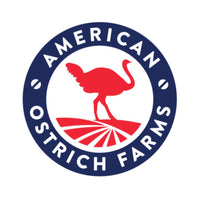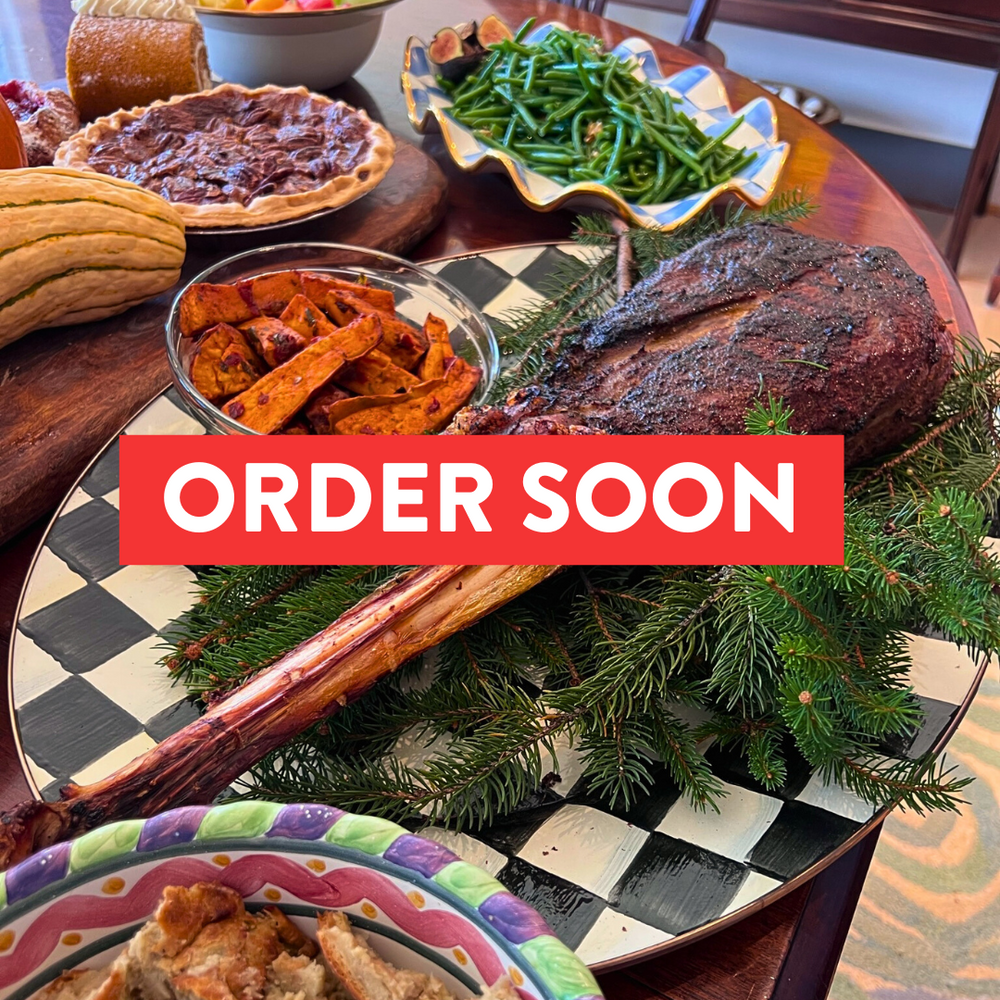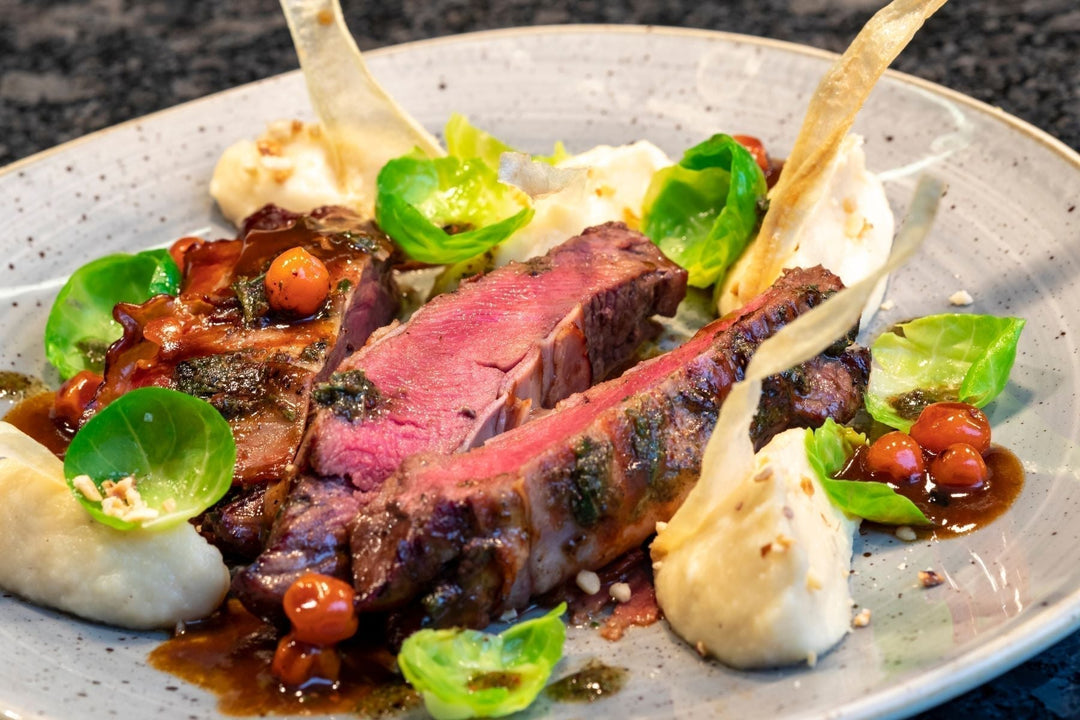Every year, when the leaves burn gold across Southern Idaho and the first curl of chimney smoke finds its way into the cold evening air, something familiar stirs: that quiet awareness that Thanksgiving is near. It’s not on the calendar yet, but you can feel it—settling into kitchens, grocery lists, family group texts, and childhood memories that still live just beneath the surface.
Across the country, there’s a shared ritual at work. Grandmothers revisiting recipes they’ve never once written down. Families rinsing the “special” china that only emerges this time of year. Kids sneaking early bites of pie, convinced their stealth is unmatched. Thanksgiving is comfort. It’s community. It’s belonging.
And at American Ostrich Farms, we have our own rituals too.
A RANCHING TRADITION, QUIETLY ENDURING
Ranching has always been shaped by patterns older than any one family—the slow change of seasons, the habits of animals, the land reminding you who really sets the pace. Out on our ranch in Southern Idaho, those rhythms are easy to feel. Frost gathers on sagebrush before the sun ever rises. The birds stretch their long legs in the pale gold of first light. Work begins not with hurry, but with familiarity.
There is something grounding about a landscape that keeps moving forward the same way it always has.
And yet, time never passes without change.
WHEN RESPECT FOR THE PAST LEADS TOWARD SOMETHING NEW
People often speak of tradition as if it exists untouched, preserved in amber. But food has never worked that way. Every dish we now call “classic” was once unfamiliar. The first families who put cranberries on a holiday table didn’t know whether it would stick. Neither did those who tried stuffing, or sweet potatoes, or pumpkin pie.
Culture evolves—not because we abandon the past, but because we build on it.
So here’s a question:
What if the centerpiece at Thanksgiving wasn’t a turkey?
OSTRICH ON THE HOLIDAY TABLE: NEW, YET NOT NEW AT ALL
To some, replacing the traditional bird feels unconventional. But ostrich meat is anything but novel. For thousands of years, it has been part of human diets across continents. Today, chefs and home cooks reach for it because it eats like a premium red meat—rich, tender, reminiscent of a fine steak.
Imagine a platter of sliced ostrich tenderloin with rosemary and pomegranate glaze—the deep red of the meat contrasted with caramelized vegetables and autumn herbs. Or a whole fan finished with a slow-melted herb butter, carved at the table while guests lean in with curiosity rather than skepticism.
It brings the ceremony and celebration of a holiday roast—and carries a few quiet advantages with it:
-
Less saturated fat
-
Higher iron and protein
-
A lighter environmental footprint
-
Part of a model designed to use the whole bird, not just the familiar cuts
It’s not tradition abandoned. It’s tradition expanded.
NOSE-TO-TAIL: AN OLD IDEA, REDISCOVERED
For many ranching families, nothing about nose-to-tail is new. Long before sustainability entered our vocabulary, people used every part of the animal—meat, bones, fat, hide, feathers—not for ideology, but because it was the simply the only thing to do. Waste was a luxury no one could afford.
Our approach isn’t a reinvention; it’s a return to the practical wisdom agriculture has always held.
What’s changed is the scale—and the intention to do it not just because we must, but because we believe it matters.
TRADITION AND PROGRESS ARE NOT OPPOSITES
Somewhere along the line, we started imagining a choice: keep the old, or embrace the new. But the real story of food is layered, not linear. Agriculture evolves the same way families do—steadily, sometimes quietly, always in conversation with what came before.
So if an ostrich roast finds its way to your Thanksgiving table—seared, tender, surrounded by curious eyes and delighted first bites—know this:
You are not breaking tradition.
You are participating in its natural evolution.
You are honoring where food has been, while acknowledging where it’s going.
A THANKSGIVING TABLE, REIMAGINED WITH CARE
This month, the ranch settles deeper into autumn. The mornings sharpen. The air thins. Flocks of birds wander under wide open sky. The work remains steady, thoughtful, rooted in a legacy we are proud to carry.
And when one of those birds ends up on a family’s holiday table, something special happens: two stories meet. Ours, built on land, husbandry, and stewardship. And yours, built on gratitude, gathering, memory, and good food.
For those who value tradition—and also value progress—there is space for both.
Ostrich simply happens to live at that intersection.






